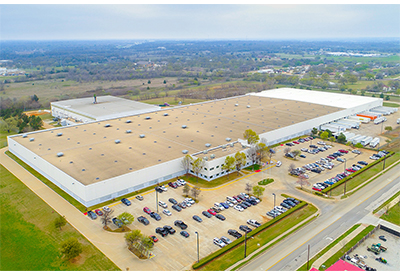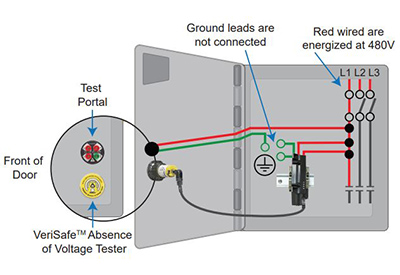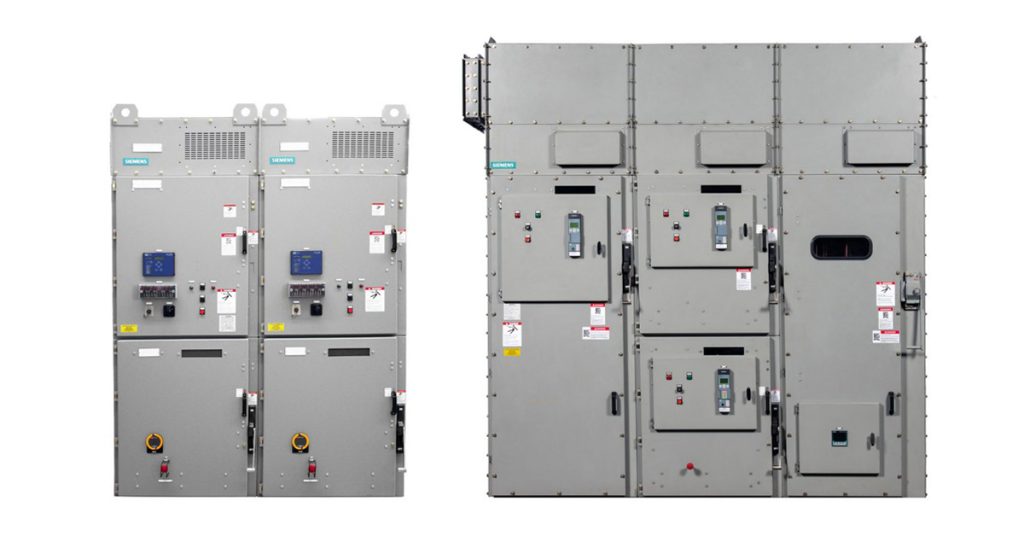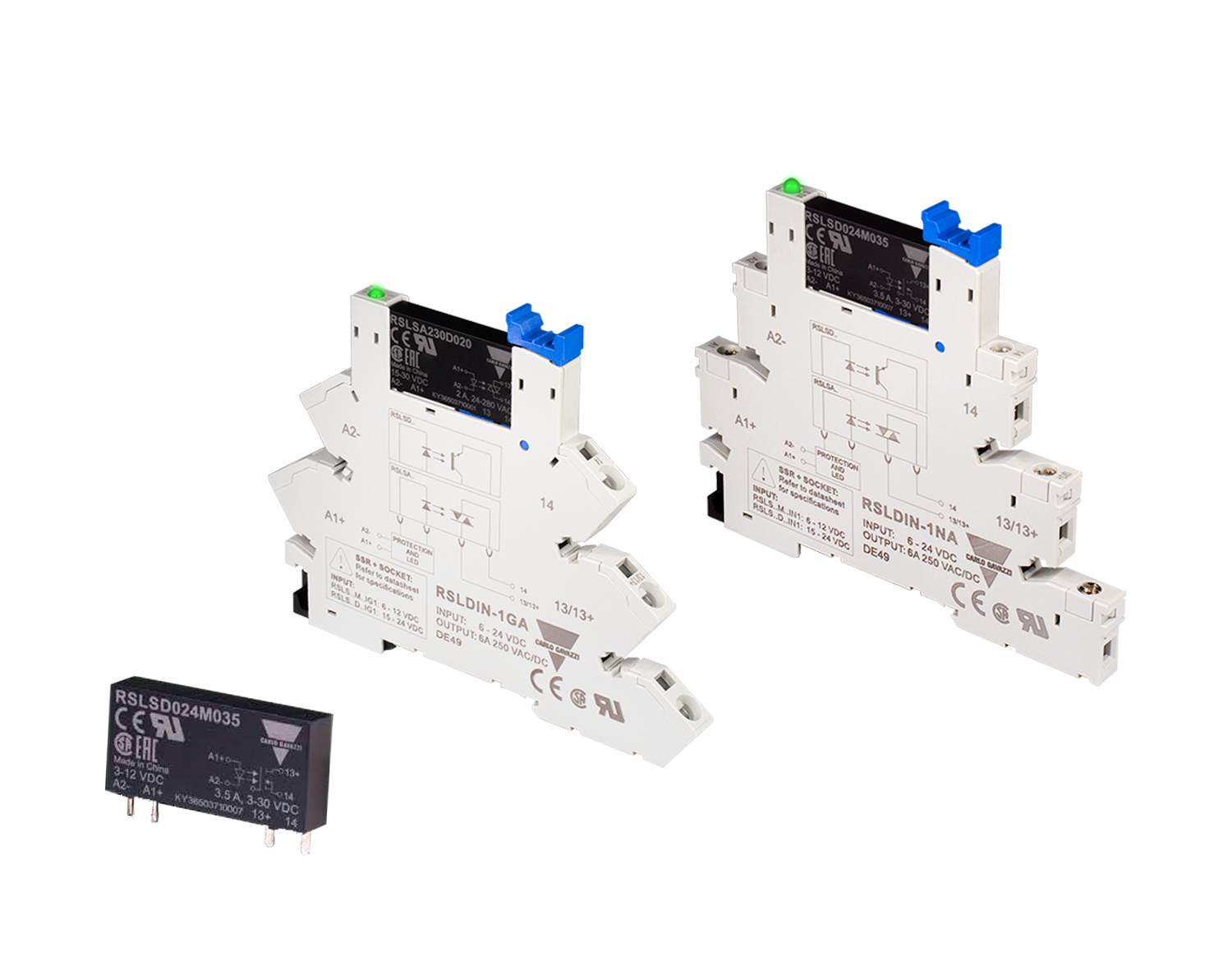Automated Test Equipment (ATE) Revival: Repurposing and Extending the Life of Aging ATE Systems
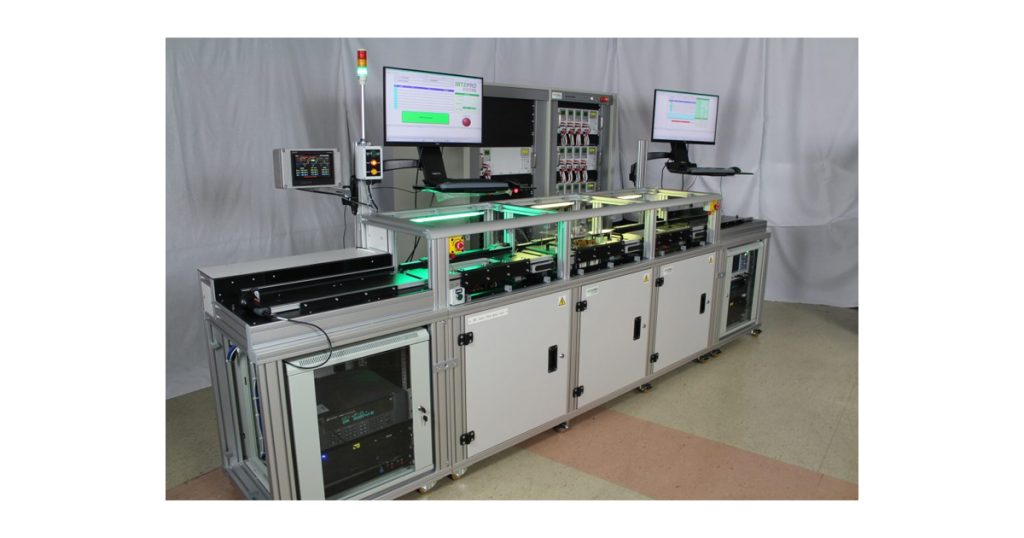
December 19, 2024
Automated Test Equipment (ATE) and Automated Test Systems (ATS) serve the critical purpose of ensuring that electronic devices operate according to specifications in the field. As such, these systems are widely utilized for testing automotive electronics, batteries, telecom infrastructure, renewable energy systems, and consumer electronics. The aerospace and defense sectors also make substantial investments in ATE due to the criticality of electronics utilized in military equipment such as aircraft, naval vessels, and ground vehicles, as well as in various systems like weapons, radar, and wireless communication.
The dilemma, however, is that ATE stations are specifically engineered to validate the functionality of the units being tested. A substantial investment in testing equipment is necessary, and then… everything changes. Government contracts may not be renewed or could be entirely terminated. Hardware components become obsolete. Test specifications undergo modifications, sometimes necessitating a complete reconfiguration of the test.
At this point, the purpose-built ATE system that costs hundreds of thousands to millions is often left to gather dust, redistributed to another program, sold, salvaged for parts, or scrapped altogether.

“Some companies essentially have $300,000 paperweights sitting in their laboratory. At that point, they face a choice – they can find a way to get rid of it or have it refurbished or repurposed to meet the requirements of a new program or test,” says Andrew Engler of Intepro Systems. Founded in 1981, Intepro has supplied Automated Test Equipment (ATE) systems that test power electronics used in various applications.
Engler emphasizes that many ATE equipment customers are not aware that updating or repurposing the equipment is even an option. However, experienced ATE system integrators like Intepro can upgrade any hardware component, replace the existing test program, and even reconfigure the entire test. There are significant benefits to this approach, including cost savings when compared to purchasing an entirely new system.
ATE Revival
ATE encompasses apparatus designed to conduct tests on a device, referred to as the device under test (DUT), equipment under test (EUT), or unit under test (UUT). Through automation, these systems efficiently execute measurements and assess test outcomes.
The ATE system typically consists of hardware, software, test instruments, signal sources, and test harnesses, probes or handlers. The hardware components are typically consolidated into all-in-one test stations, which vary in size and portability from compact test stations on wheels to large stationary test towers. Each system also includes test program software, which plays a critical role in test development and the management of data collection, storage, reporting, and analysis.
Engler says that these systems typically require long support paths since test requirements often extend 10-15 years. When this occurs, hardware components may fail or become obsolete.
Replacing hardware components is a relatively simple process. Although ATE systems can be used for different types of tests, Engler says Intepro specializes in power electronic testing, which includes testing power converters, inverters, chargers, batteries, adapters, and other power components. Although some of the test parameters may be different, there are many commonalities in the components of such systems.
Intepro’s ATE test systems feature an open architecture for hardware and software that permits complete flexibility to configure and integrate off-the-shelf instrumentation with a wide range of Intepro and customer hardware. The systems are based on universal buses (VXI, PXI, LXI, CAN, Ethernet, GPIB, and Serial) that provide choice to the customer and are not limited to one brand of equipment.

Intepro offers many of the products used in test stations including AC and DC power sources, AC loads, and other standalone equipment. They offer service and repair work on all products, even on the equipment that they do not distribute. Intepro serves as a distributor for several well-known and established manufacturers.
The ATE test program software is a critical component and extensive reprogramming is required when changes need to be made, often at a substantial cost.
Intepro offers flexible test program software called PowerStar that streamlines and adapts to inevitable changes without extensive new programming. With more flexible software, ATE stations are ‘future-proof’ to ensure that as hardware requirements change and evolve, the test programs can adapt accordingly to ensure long-term usability.
PowerStar provides hundreds of fill-in-the-blank test routines that provide a range of control, from single instrument functional control to full test procedures with easy-to-use parameter entries. Engineers can customize their programs, without having to write code or assemble graphical components.
“[PowerStar] can be seamlessly integrated to operate across various hardware configurations and platforms. Even if there is already an incumbent software, our solution can be implemented and call on the other software when applicable” says Engler.
ATE systems are useful data acquisition and diagnostic tools for testing a variety of electronics in various industries for automatically testing and identifying faults in electronic packaged components. However, as these systems age, integrators can modify or even repurpose as needed. Given the initial investment in these systems, squeezing more value out of existing automated test equipment is the best way to reduce costs and ensure an adequate return on investment.

For more information, you can visit www.inteprosystems.com, call (714) 953-2686 or email sales@inteproate.com.

